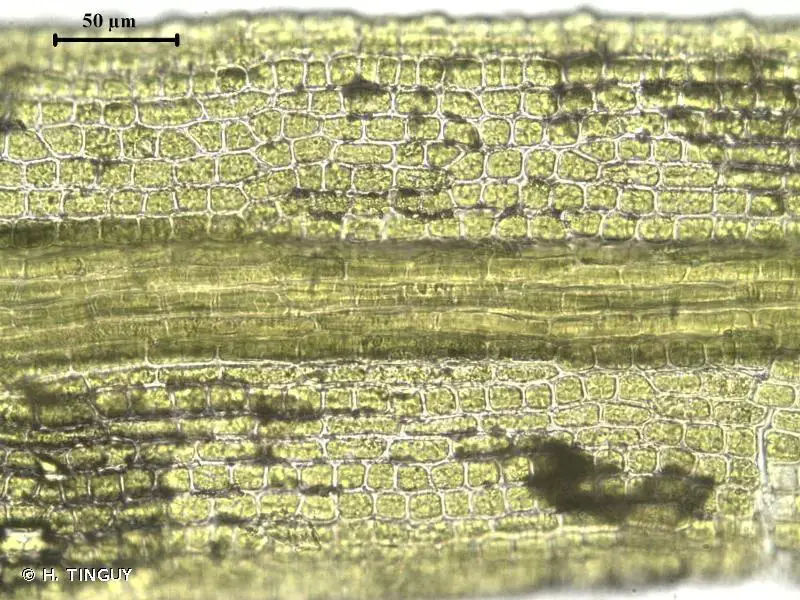
210879.jpg from: https://inpn.mnhn.fr/espece/cd_nom/4835/tab/fiche
Introduction
In the vast and captivating world of bryophytes, one particular moss species stands out for its unique charm and ecological significance – the Saelania glaucescens (Hedw.) Broth., commonly known as Saelania. This unassuming yet fascinating member of the Saelaniaceae family has captured the hearts of moss enthusiasts worldwide, offering a delightful glimpse into the intricate tapestry of nature’s smallest wonders.
Background
Before delving into the intricacies of Saelania glaucescens, it’s essential to understand the broader context of bryophytes. These remarkable plants, which include mosses, liverworts, and hornworts, are often overlooked but play a crucial role in various ecosystems. They are among the oldest land plants on Earth, dating back to the Paleozoic era, and have evolved remarkable adaptations to thrive in diverse environments.
Main Content
Morphology and Identification
Saelania glaucescens is a small, acrocarpous moss that forms dense, cushion-like tufts or mats. Its stems are typically unbranched, and the leaves are arranged in a spiral pattern, giving the plant a distinctive appearance. The leaves themselves are
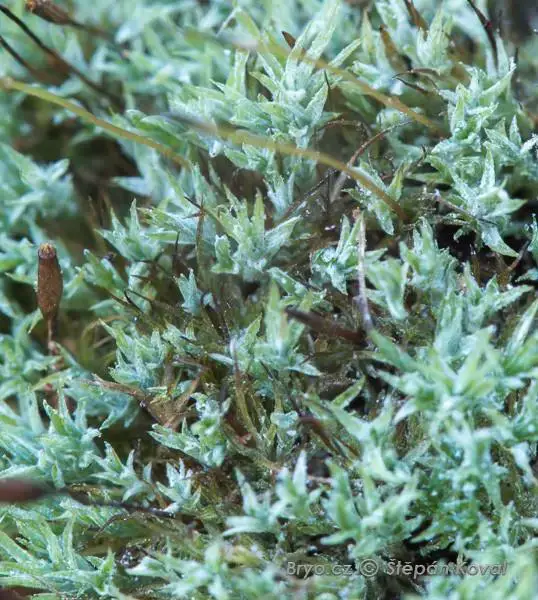
4865_Saelania_glaucescens_2014_01_11_0066.jpg from: https://www.bryo.cz/index.php?p=mechorosty_foto&site=default&gallery=saelania_glaucescens&id=4865
lanceolate (lance-shaped) and glaucous (bluish-green), a characteristic that lends the moss its specific epithet, “glaucescens.”
One of the most striking features of Saelania glaucescens is its capsule
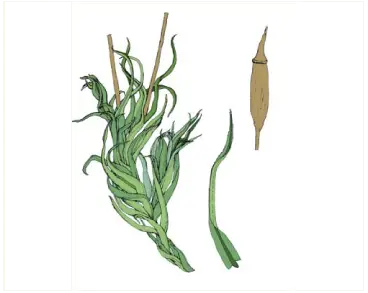
a-1691.png from: https://redbook-ua.org/item/saelania-glaucescensbroth/
, which is erect and cylindrical, often with a reddish tinge. The capsule is supported by a
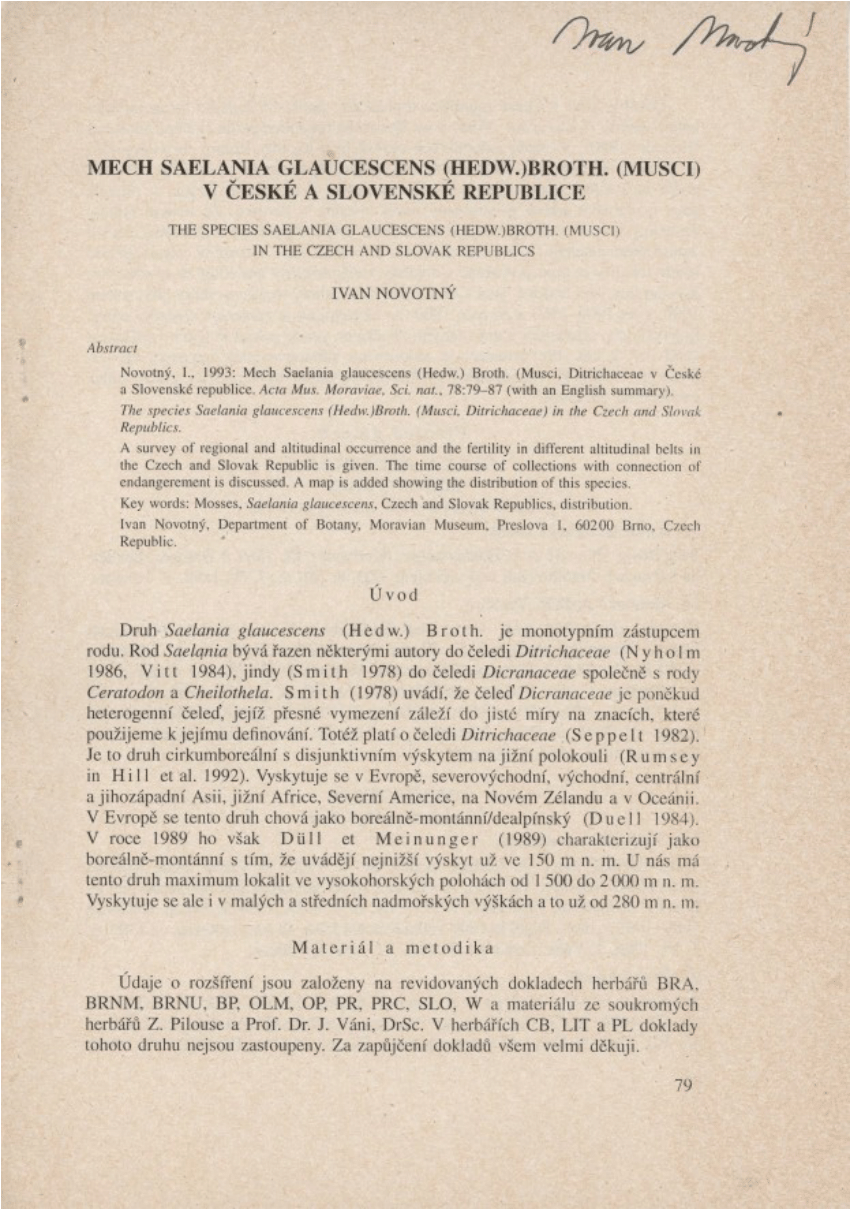
largepreview.png from: https://www.researchgate.net/publication/309391453_Novotny_I_1993_Mech_saelania_glaucescens_HedwBroth_Musci_v_Ceske_a_Slovenske_republice_Acta_Musei_Moraviae_Sci_Biol_7879-87
seta (a slender stalk), and when mature, it releases spores through a
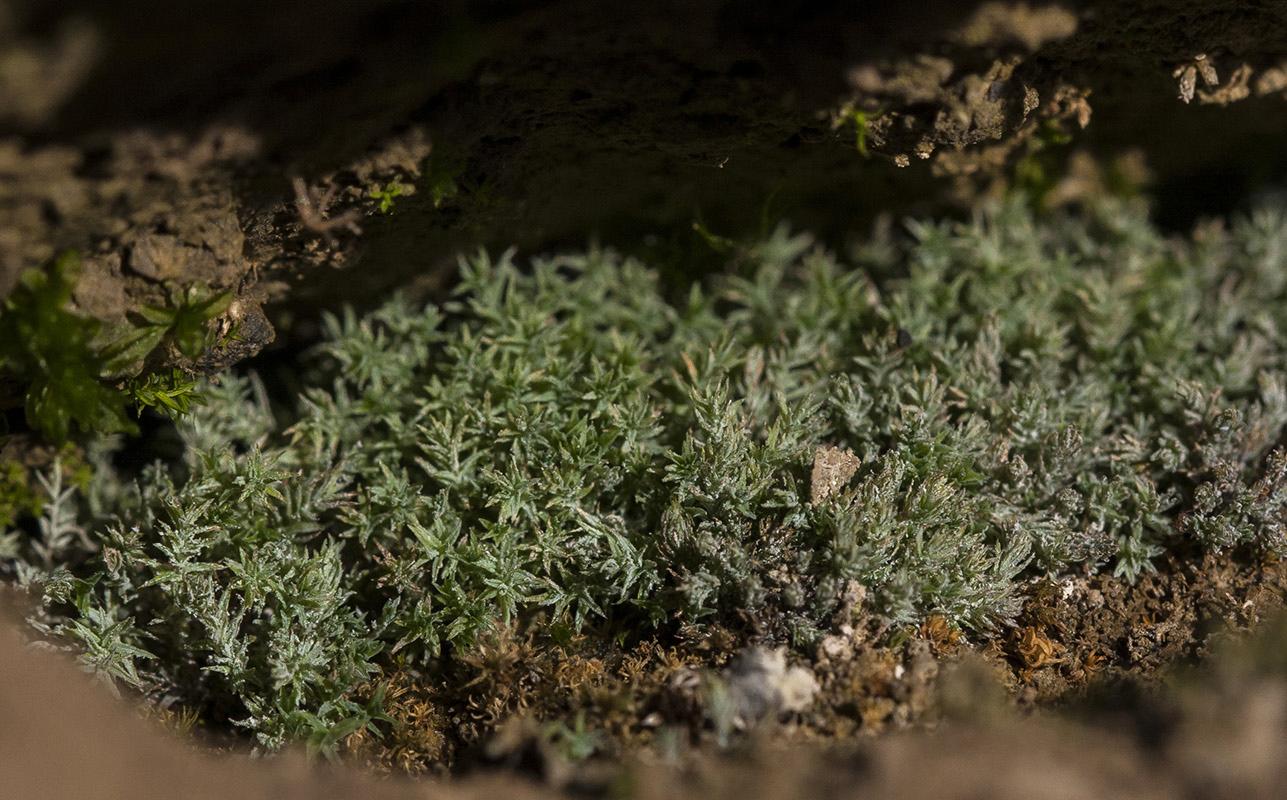
614167_d79138bf.jpg from: https://www.plantarium.ru/page/image/id/614167.html
peristome (a ring of teeth-like structures) at the capsule’s apex.
Global Distribution and Habitat
Saelania glaucescens is widely distributed across various regions of the world, including Europe, Asia, North America, and parts of South America. It thrives in a range of habitats, from moist and shaded areas in forests and woodlands to rocky outcrops and even urban environments, such as old walls and rooftops.
This moss’s ability to colonize diverse substrates, including soil, rocks, and decaying wood, is a testament to its adaptability and resilience. However, it tends to favor acidic environments and is often found in areas with high humidity and moderate temperatures.
Ecological Roles and Adaptations
Despite its diminutive size, Saelania glaucescens plays a vital role in various ecosystems. As a pioneer species, it helps stabilize and enrich soils, creating favorable conditions for other plants to establish themselves. Additionally, its dense mats provide microhabitats for a wide range of invertebrates, contributing to the overall biodiversity of the ecosystem.
One of the remarkable adaptations of Saelania glaucescens is its ability to withstand desiccation. During dry periods, the moss can enter a state of dormancy, curling its leaves inward to minimize water loss. When moisture returns, it quickly revives, demonstrating its resilience and ability to thrive in challenging environments.
Case Study: Moss Gardens
In some parts of the world, particularly in Japan, Saelania glaucescens has found a unique appreciation in the form of moss gardens. These meticulously crafted landscapes celebrate the beauty and diversity of mosses, including Saelania, creating serene and contemplative spaces that invite visitors to appreciate the intricate details of these often-overlooked plants.
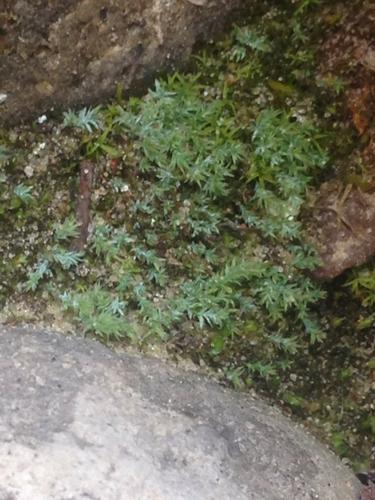
medium-23824.jpg from: https://plantdollar.com/plant/saelania-glaucescens/

Saelania-glaucescens.jpg from: https://ohiomosslichen.org/saelania-glaucescens/
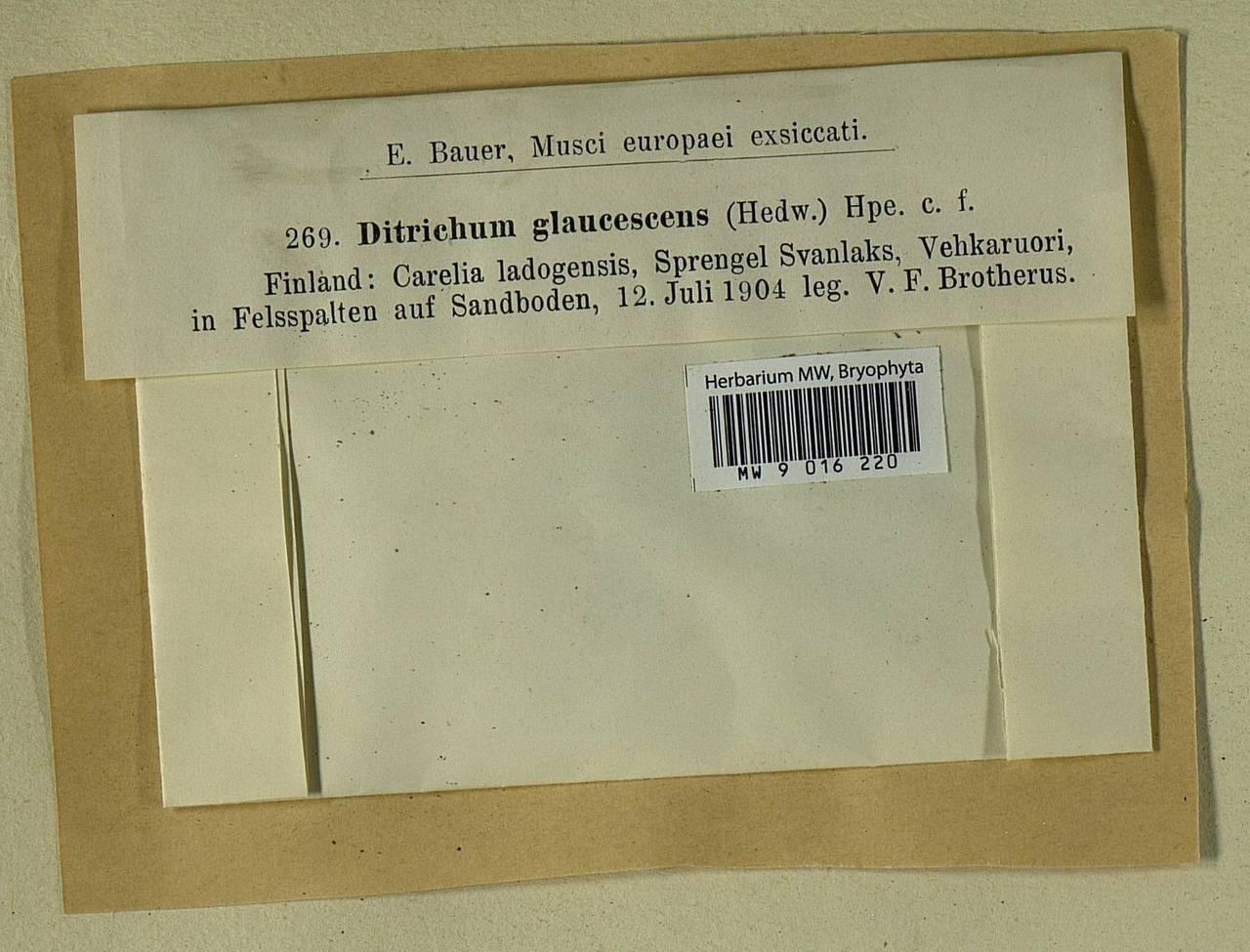
0.jpg from: https://plant.depo.msu.ru/open/public/item/MW9016220
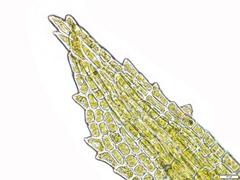
sa_glaucescens4_small.jpg from: https://wnmu.edu/academic/nspages/gilaflora/saelania_glaucescens.html
| Characteristic | Description |
|---|---|
| Gametophyte | Acrocarpous, cushion-like tufts or mats |
| Leaves | Lanceolate, glaucous (bluish-green) |
| Capsule | Erect, cylindrical, often with a reddish tinge |
| Seta | Slender stalk supporting the capsule |
| Peristome | Ring of teeth-like structures at the capsule’s apex |
Conclusion
Saelania glaucescens (Hedw.) Broth., a humble yet extraordinary member of the Bryophyta phylum, serves as a testament to the incredible diversity and resilience of mosses. From its unique morphological features to its ecological significance and adaptations, this moss species captivates the hearts and minds of enthusiasts worldwide. As we continue to explore and appreciate the wonders of the natural world, perhaps the next time you encounter a cushion-like mat of
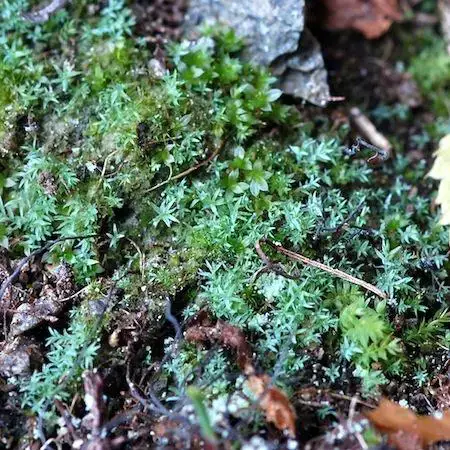
saelania_glaucescens1.jpg from: http://www.luopioistenkasvisto.fi/Sivut/sammalet/harmasammal.html
Saelania glaucescens, you’ll pause and reflect on the intricate beauty and resilience of these remarkable plants.
Ponder this: In a world where we often overlook the smallest wonders, what other hidden gems might we be missing, waiting to be discovered and appreciated?